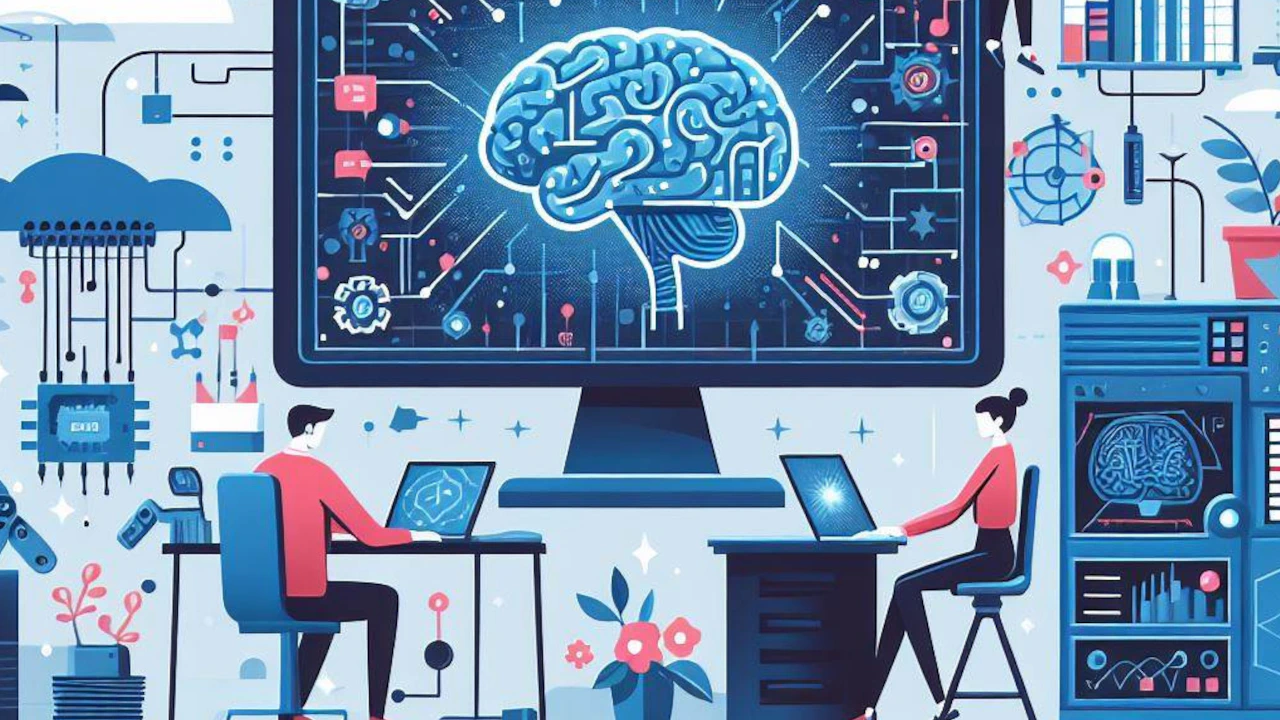Explore the diverse facets of neuromorphic computing, from its foundational principles to hardware, software, applications, and future directions. Understand the biological inspiration and spiking neural networks, delve into hardware components and architectures, and grasp the algorithms driving adaptive learning.
Discover how neuromorphic computing excels in pattern recognition, sensors, and real-time processing, while navigating through current challenges and future developments. Address ethical considerations in bias, fairness, privacy, and security.
